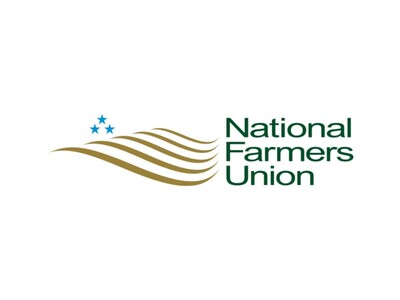Taproot Decline Up in Alabama and ASF Protection
From the Ag Information Network, I’m Bob Larson with your Agribusiness Update.**Taproot decline is appearing in more Alabama soybean fields at higher levels than in previous years based on recent observations.
According to www.agfax.com, taproot decline is caused by the fungus Xylaria necrophora, and was first detected in the mid-2000s.
Symptoms generally occur at pod filling stages, but can be observed anytime during the growing season.
Yield losses approaching 25% have been reported in Louisiana.
www.agfax.com/2021/09/14/alabama-soybeans-taproot-decline-emerging-as-new-problem/
**American Farmland Trust just filled a new position on its policy team to tackle climate issues.
Samantha Levy joins as climate policy manager to lead its climate policy agenda. AFT is preparing a multiyear strategy to advance transformational climate policy, including the 2023 Farm Bill.
In a recent report, the Intergovernmental Panel on Climate Change supported the mounting interest among policymakers in regenerative farming practices as a way to mitigate climate change.
**A year-long study to identify U.S. pork industry gaps in biosecurity defenses against foreign animal diseases, funded by the Pork Checkoff and the Swine Health Information Center, found that no major areas have been overlooked in efforts to prevent African swine fever from coming to the U.S.
The NPB’s Dr. Patrick Webb tells www.agrimarketing.com, we must continue to work together to find real-world solutions to diminish the ASF entrance point vulnerabilities and prevent the costly disease from entering the U.S.
www.agrimarketing.com/s/137818













